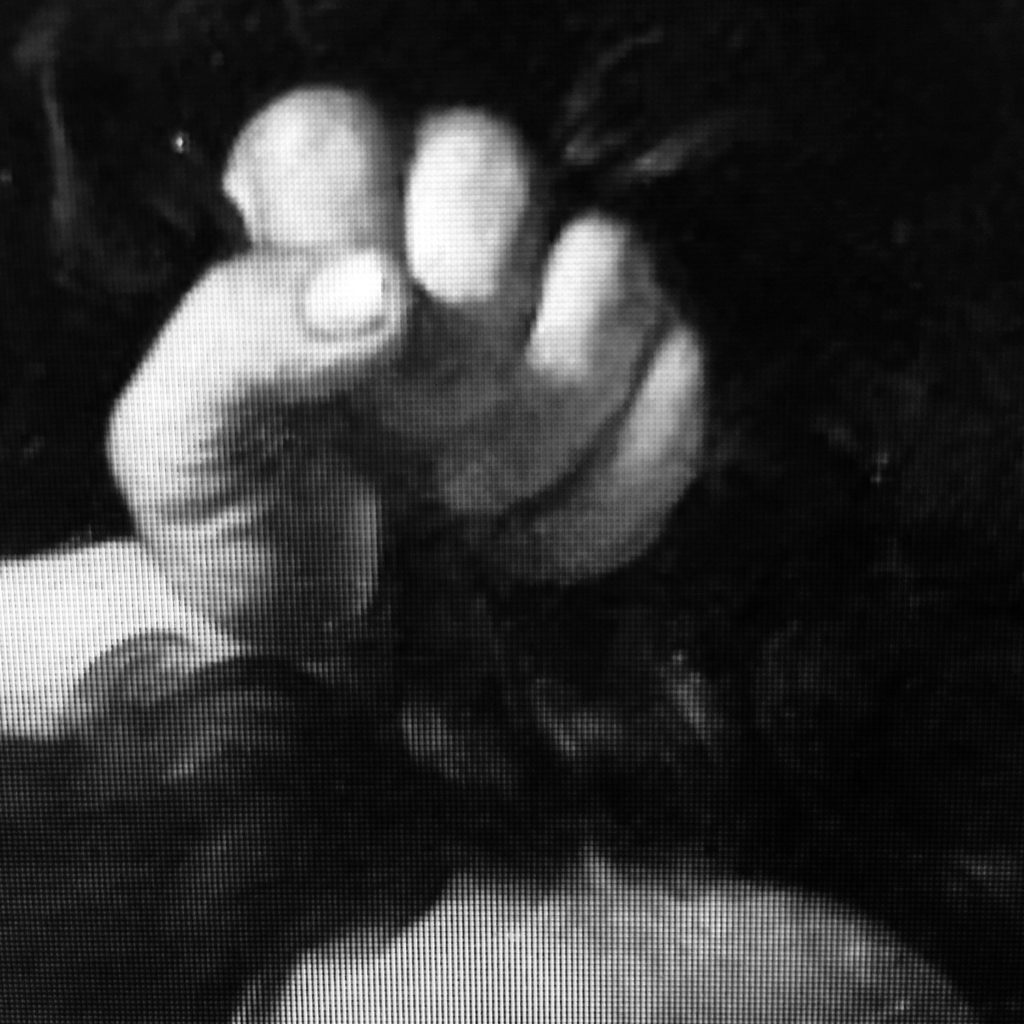I recognise the muteness you describe all too well. I’m often not even traveling when it occurs.
Your image could be the inverse of mine: the gaze of the audience, the all-seeing eye, unflinching. We’ve nowhere to hide. We feel watched, and that changes our behaviour profoundly.
The audience might indeed be the key. They are the witnesses, the judges. They interpret, they are the context, without which the act itself becomes meaningless.
Yet the audience is not on the stage, and therefore the context and the judgment it imposes upon the act is by definition incomplete, shortsighted, relying solely on extrapolation of past experiences. They’d have to have switched places, like Damocles and his king Dionysius.
This act of bearing witness, especially to trauma, is something that deeply affects me. And photography is often considered exactly that. Bearing witness, meaning not only seeing, but more crucially, interpreting, and then representing.
But how can I possibly bear witness to trauma that I haven’t experienced? How can I add my interpretation to this immense absence?
The slingshot, the falling of Goliath, but also two armies watching their protagonists fight. The armies an audience, each side ready to surrender and accept a new reality based on the outcome before their eyes. The fate of nations decided, a sword hanging by the hilt above their leaders, from a single hair of a horse’s tail.
/// #image_by_image is an ongoing conversation between photographers Ivan Sigal and Anton Kusters. @ivansigal and @antonkusters on Instagram ///
